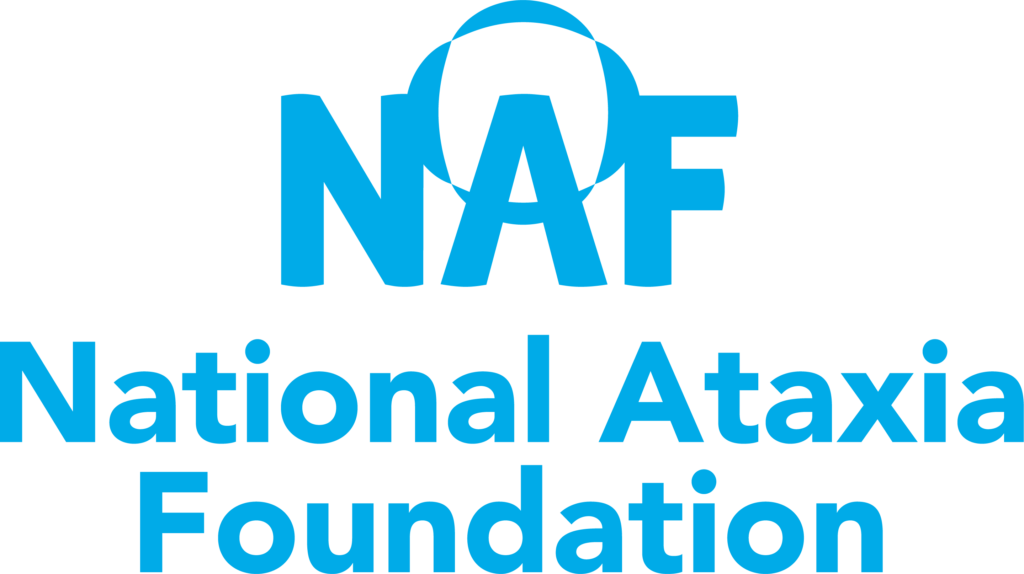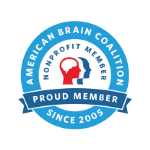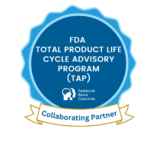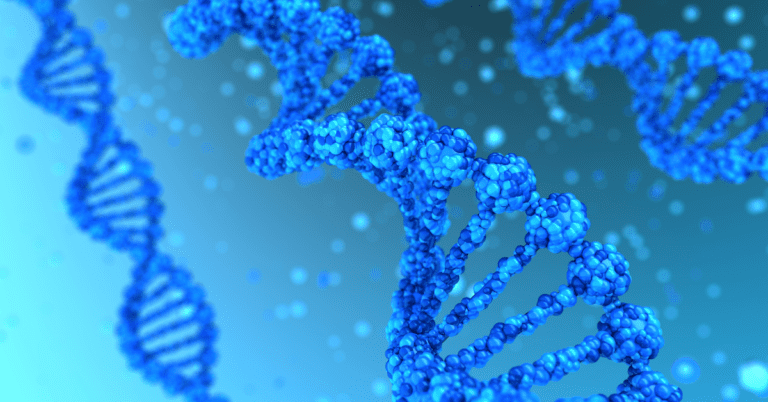
For healthy function, our body performs many essential cellular processes mediated by the molecules created within us. This construction is based on a molecule called DNA, which acts as an instruction manual by carrying all the genetic information within our body. Every person’s genome, or collection of DNA, is completely unique to that person but is built by combining the DNA of their parents. When some changes alter the DNA sequence, we call them mutations.
What Are Mutations?
Mutations are changes to the DNA that occur constantly, due to mistakes in growing cells or by DNA damage from an outside source (for example, UV damage to skin cells from sun exposure). Sometimes these changes do not get corrected by the body’s regular DNA repair systems, so the mutations become part of the DNA sequence. Most of these mutations cause no effect on the body, because the DNA change does not alter the molecules created from this DNA stretch. However, some mutations do change the resulting molecules. These might also not impact us, because they do not necessarily change the function of the new molecule. In rare conditions where mutations result in a change of the created molecule with consequence to its function, the mutations can either have a negative or a positive effect on us. Many diseases, such as neurological conditions (like spinocerebellar ataxias) or cancers, are caused by a specific mutation that interrupts an essential function in the body.
What Is A De Novo Mutation?
A mutation is considered “de novo” when it happens for the first time in a family. This means that when a “de novo mutation” is observed in a person, this mutation is not present in any cell of the person’s parents. Most of these “new” mutations occur in somatic (or “body”) cells, and are not passed on to the children of the affected individual. However, some de novo mutations can occur in the germ (or reproductive) cells, which are the egg and sperm cells. In these cases, the de novo mutation will be passed onto the offspring resulting from these egg and sperm cells. Like all other mutations, most de novo mutations will be inconsequential. More rarely, de novo mutations can either put the individual at risk of a disease or garner a protective effect against certain health problems. The identification of de novo mutations thus helps us to expand our knowledge of genetic diversity and evolution, and is also very important for the diagnosis and development of treatments for certain disorders.
If you would like to learn more about De Novo mutations, take a look at these resources by the NIH National Cancer Institute and HealthInCode.
Snapshot Written by: Paige Chandran Blair
Edited by: Priscila P. Sena
Read Other SCAsource Snapshot Articles
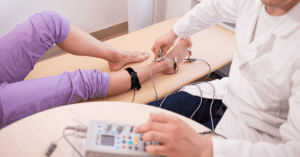
Snapshot: What is Electromyography (EMG)?
Electromyography, or EMG, is a technique for measuring the electrical activity of skeletal muscles—the muscles that connect to bones and support movement. When our muscles contract, the tissue produces tiny Read More…
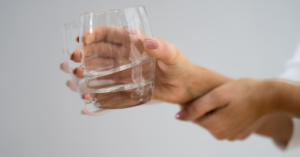
Snapshot: O que é Distonia?
Distonia é uma desordem que afeta a maneira como uma pessoa se move. Mais especificamente, pessoas com distonia têm contrações musculares involuntárias, que podem causar posturas anormais. A distonia pode Read More…
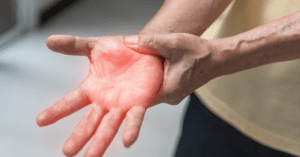
Snapshot: What is Neuropathy?
Our nervous system consists of the central and the peripheral nervous system. The brain and spinal cord are components of our central nervous system (CNS), while the peripheral nervous system Read More…



